The American dream has always been to achieve the highest level of financial success possible. For many, that dream is realized in the cities of the great state of Illinois. With twelve of the wealthiest cities in the state, Illinois is a great place to live and work. In fact, the median household income of these twelve cities is higher than the national median income of $60,293.
A closer look at these cities reveals the factors that contribute to their success, such as job opportunities, quality of life, and educational opportunities. Whether you’re looking to build a career, buy a home, or enjoy the good life, the wealthiest cities in Illinois are the place to be.
Read on to learn more about the 12 wealthiest cities in Illinois based on their median household incomes.
10. Naperville
Area: 102.8 sq. km.
Elevation: 702 ft.
Total Population: 151,078 (2022)

Naperville is a city in the state of Illinois. It’s located on the western shore of Lake Michigan, just north of Chicago. The city was founded in 1836 as a planned community and was incorporated as a city in 1859. The city has grown rapidly since then and now has over 100,000 residents.
The city sits at the base of Mountainside Park, which provides residents with some of Naperville’s most popular attractions: hiking trails through the park and along the shoreline, picnic grounds and playgrounds, horseback riding facilities (including an equestrian center), a large lakefront park complete with picnic pavilions and barbecue grills for visitors to enjoy.
Did You Know?
The city is home to several large corporations, such as Motorola Mobility and T-Mobile USA.
9. North Brook
Area: 34.46 sq. km.
Elevation: 646 ft.
Total Population: 35,632 (2022)

Northbrook, Illinois, is a city in Cook County and is located approximately 15 miles north of Chicago and boasts a diverse economy that includes manufacturing, health care, financial services, retail sales, and restaurants. The city has a small commercial district that includes restaurants and shops and several homes built in the late 19th century.
The city has a rich and diverse history that dates back to the 1830s. It was originally named North Chicago but was later renamed for its location along the North Branch of the Chicago River. The city also boasts many park areas where residents can enjoy walking trails, baseball fields, and plenty of open space for picnics and other outdoor activities.
Did You Know?
The Illinois Tollway runs through Northbrook, so it makes sense that there are a lot of commuters who live here.
8. South Barrington
Area: 19.97 sq. km.
Elevation: 850 ft.
Total Population: 5,179 (2022)
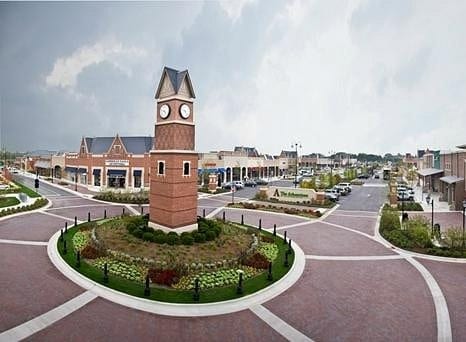
South Barrington is a city in Cook County, Illinois, United States. It is located just north of the Chicago Loop and west of the suburb of Oak Park. The population was 11,419 at the 2010 census. The city’s name derives from its position south of Barrington, which was once part of South Barrington Township.
The town was founded in 1866 on the site of an old Indian campground called “Hog’s Hollow” by Benjamin Burchard, who owned a lumber mill in what is now downtown Lake View. He named his new community “South Barrington” after his hometown in England.
Burchard also built a hotel on what is now South Street (Illinois Route 83), which he called “The Monticello.”
Did You Know?
The city has also been home to some celebrities, including Jennifer Aniston and Will Ferrell.
7. Highland Park
Area: 31.79 sq. km.
Elevation: 725 ft.
Total Population: 30,258 (2022)

Highland Park, Illinois, is a small city located in the suburbs of Chicago. It has many historical landmarks, including the Highland Park Cultural Center and the Highland Park Station. Highland Park has a rich history dating back to 1881, when it was founded as a streetcar suburb.
The city was founded by industrialist Charles L. Brown, who was a wealthy businessman who wanted to build a new home for himself after moving away from his original home in Detroit. The city had its first train station built in 1888 and has since grown into one of the most diverse cities in Illinois, with residents coming from various ethnic backgrounds.
Did You Know?
Highland Park is home to many famous people, including Oprah Winfrey and Steve Carell.
6. Lake Bluff
Area: 10.58 sq. km.
Elevation: 577 ft.
Total Population: 5,594 (2022)
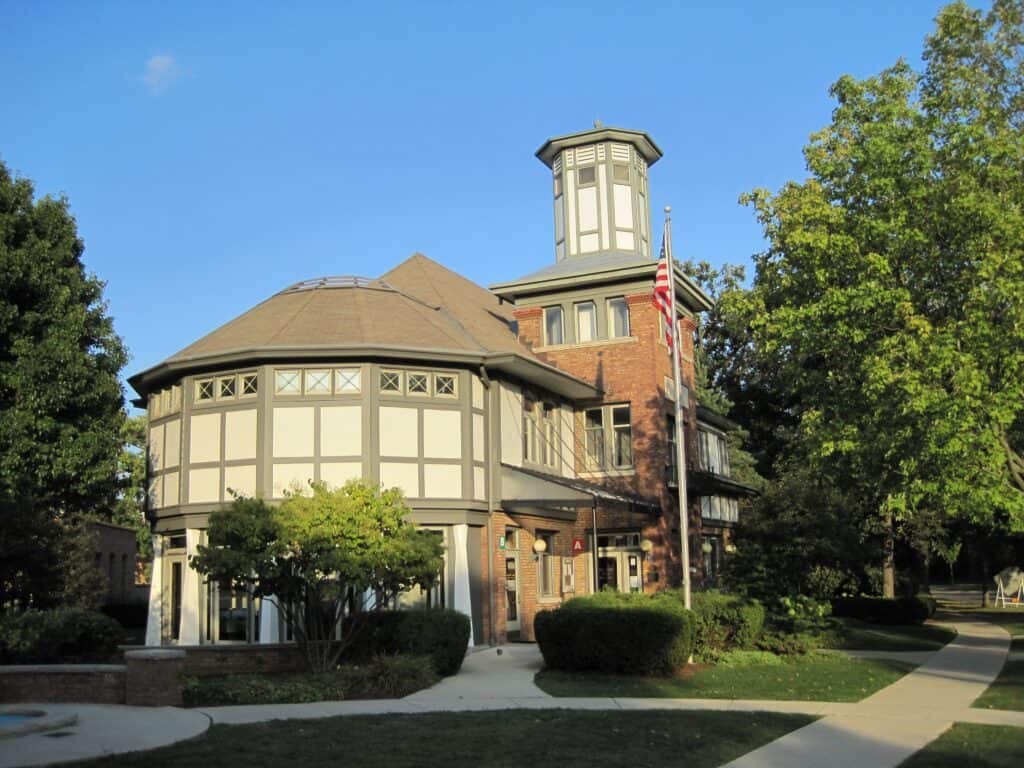
Lake Bluff, Illinois, is a city located along Lake Michigan’s North Shore. It is home to the beautiful Lake Bluff Winery and the Lake Bluff Beach Club, and it is known for its scenic lakefront views. The city was founded in 1841 by William M. Davis and Charles A. Caton. It was named Lake bluff because of its location on top of a bluff overlooking Lake Michigan.
The city also has several parks, including the City Park with its rose garden and walking paths, Downtown Lake Bluff’s Main Street Park with its popular Farmer’s Market on Saturday mornings, and an expansive greenbelt that stretches along most of the city’s shoreline.
Did You Know?
Lake Bluff has its own airport, and it hosts an annual festival each fall called “Lakefest.
5. Bannockburn
Area: 5.31 sq. km.
Elevation: 686 ft.
Total Population: 899 (2022)
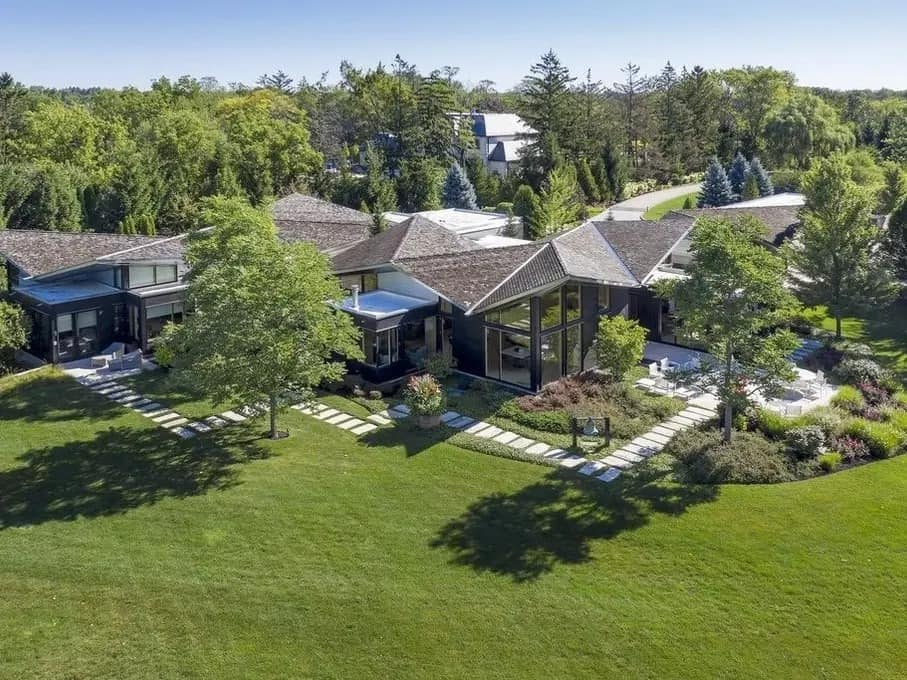
Bannockburn, Illinois, is a city located in Cook County, Illinois. It was founded in 1852. The land around Bannockburn was originally used for agriculture and grazing. In the early 1900s, Bannockburn began to develop as an industrial town. Today, it is known for its manufacturing industry.
The city’s largest employer is a manufacturing plant that produces steel products. This plant also sponsors an annual community festival called the Bannockburn Fest that includes food vendors, entertainment tents, and children’s activities such as face painting and inflatable slides.
In addition to being home to several small businesses and manufacturing facilities, Bannockburn is also home to two parks: Bannockburn Park and Woodland Park, which offers baseball fields and soccer fields.
4. North Barrington
Area: 12.89 sq. km.
Elevation: 719 ft.
Total Population: 3,195 (2022)
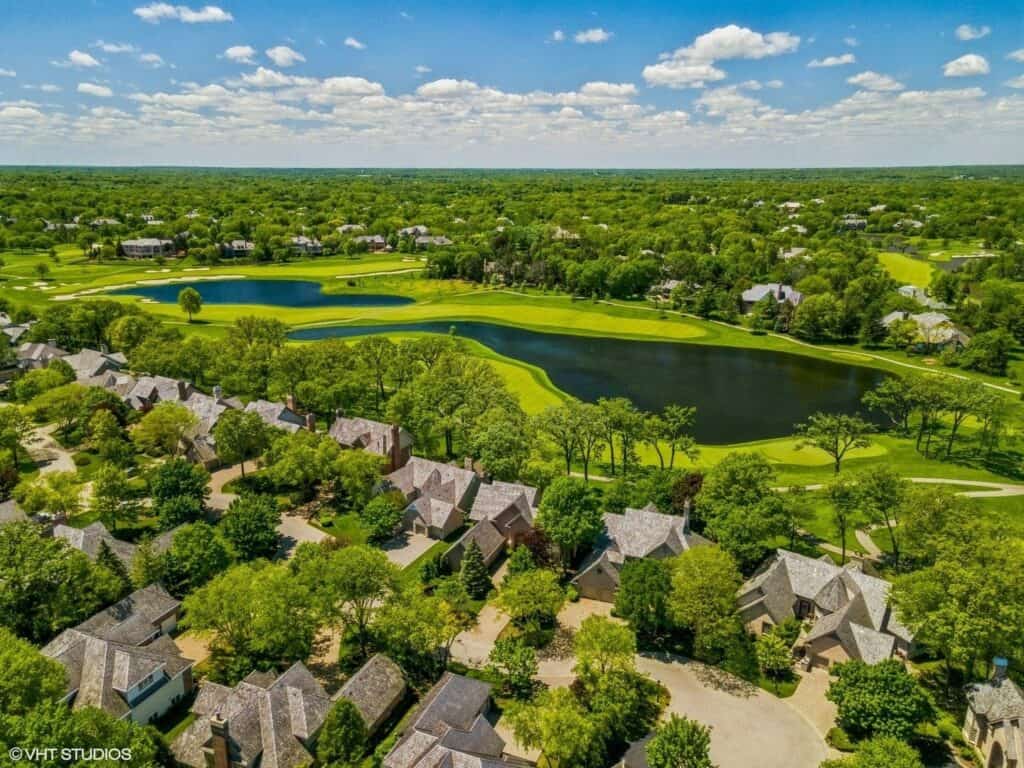
North Barrington is located in Lake County, Illinois. It was established in 1852 and incorporated as a village on March 28, 1900. It is located at the southern edge of Lake Michigan, north of Chicago and west of Kenilworth. North Barrington’s history dates back to the 1840s when settlers began to settle around what is now downtown North Barrington.
The area was originally known as South Barrington, which was named after Anthony Sargent, the first settler. The town was renamed North Barrington in 1852 by Hosea Peckham (1821-1866), who had purchased land from Sargent and then sold it to other settlers.
North Barrington is known for its many parks and recreational areas. Its most popular park is Wilkie Lake Park; it has been used for numerous events throughout its history, including concerts and festivals.
Did You Know?
It’s best known for its architecture: there are lots of houses with Tudor-style turrets on the roofs and lots of colonial mansions with tall columns in front yards.
3. Barrington Hills
Area: 71.54 sq. km.
Elevation: 774 ft.
Total Population: 4,094 (2022)
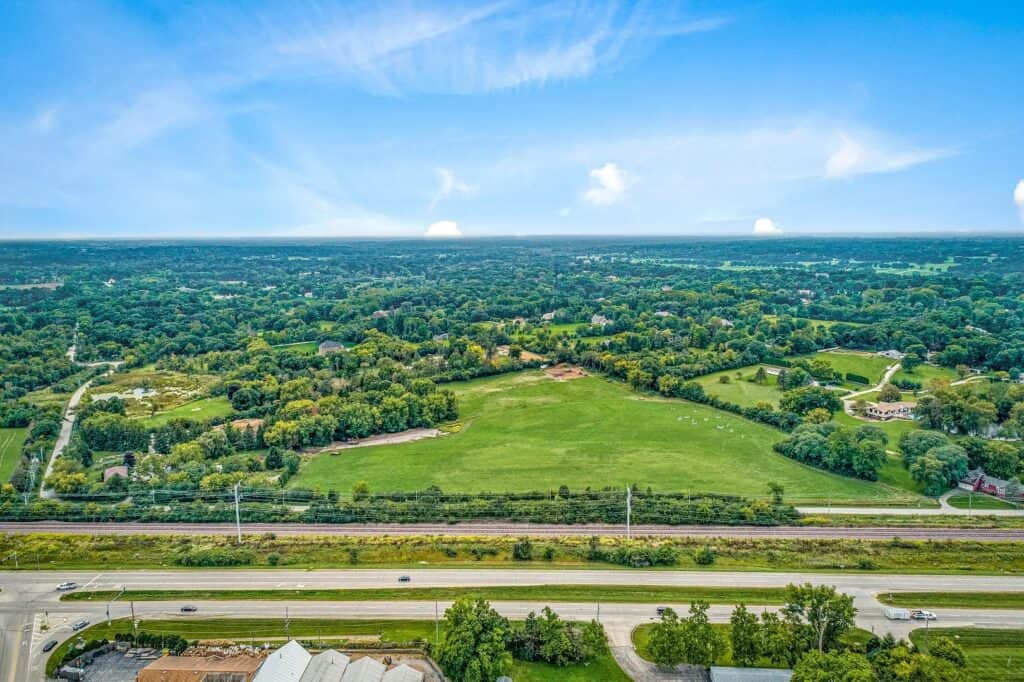
Barrington Hills, Illinois, is located in Cook County, Illinois. It is home to approximately 100,000 people and is only about 30 miles from downtown Chicago. It sits on the southern edge of Lake Michigan and has some beautiful lake views.
Barrington Hills also has an active theater community, with six public theaters within the city limits that host plays, musicals, and other performances throughout the year.
In addition to this cultural space being important for residents’ entertainment options around town, it’s also a great place for families because most of these venues are family-friendly (except for one commercial theater, which does not allow children under the age of 13). The city is known for its beautiful parks and recreational facilities.
Did You Know?
The city is popularly known for its high-end retail and upscale restaurants, as well as its historic architecture dating back to the 19th century.
2. Lake Forest
Area: 44.72 sq. km.
Elevation: 663 ft.
Total Population: 19,365 (2022)
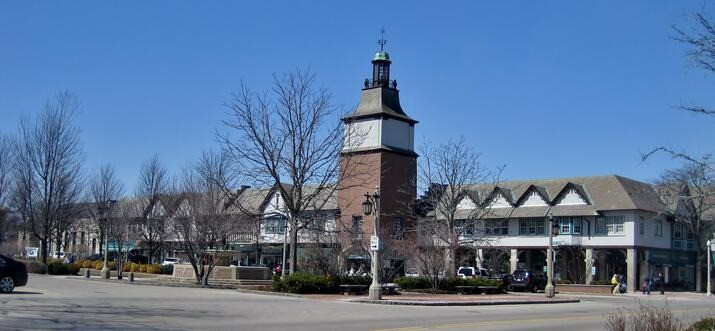
Lake Forest, Illinois, is a city in Lake County, Illinois. It is located in northeast Illinois and is the second most populous city in the county. The city is known for its parks and recreational areas, which are among the largest in the state. The park system includes Emerald Park (a city park), Oak Knoll Park (a city park), Prairie View Park (a county park), and Woodlawn Park (a county park).
Lake Forest’s downtown area also has an interesting history: it was once home to many amusement parks and other attractions that were open during the summer months but closed after Labor Day weekend each year due to a lack of business during that time period.
Lake Forest is also home to several notable schools, including Lake Forest Academy and Oakton Community College.
Did You Know?
The city’s historic downtown area has been designated as a national historic district.
1. Golf
Area: 1.16 sq. km.
Elevation: 623 ft.
Total Population: 516 (2022)
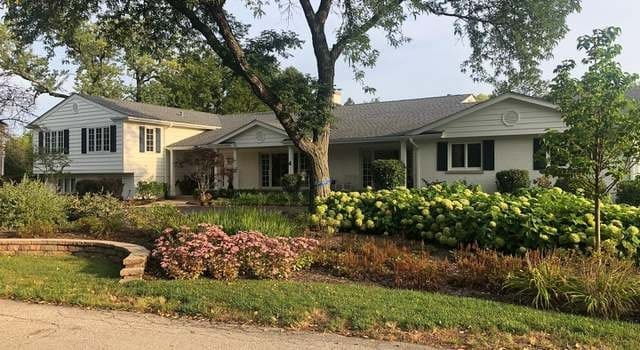
Golf, Illinois, is the wealthiest city in Illinois and is located on the Mississippi River. The city was founded in 1855 by brothers John and William Rolfe, who were looking for land to develop. The brothers did not find what they were looking for, so they moved eastward and found their new home closer to the Mississippi River.
The town was named after one of their friends named, James Golf, who had played golf with them before leaving for his own farm.
Golf has many interesting facts about itself that make it worth visiting! For example, there is an annual festival called “Golf In The Park,” where people come together for food, music, crafts, and more. There is also an annual festival called “Celebrate Downtown,” held annually at Halloween time. This event features live music from local bands playing all genres, including jazz, blues, and country rock music, among others.
Did You Know?
The city is also home to three different military bases: Scott Air Force Base, Naval Air Station Great Lakes, and Fort Sheridan.
